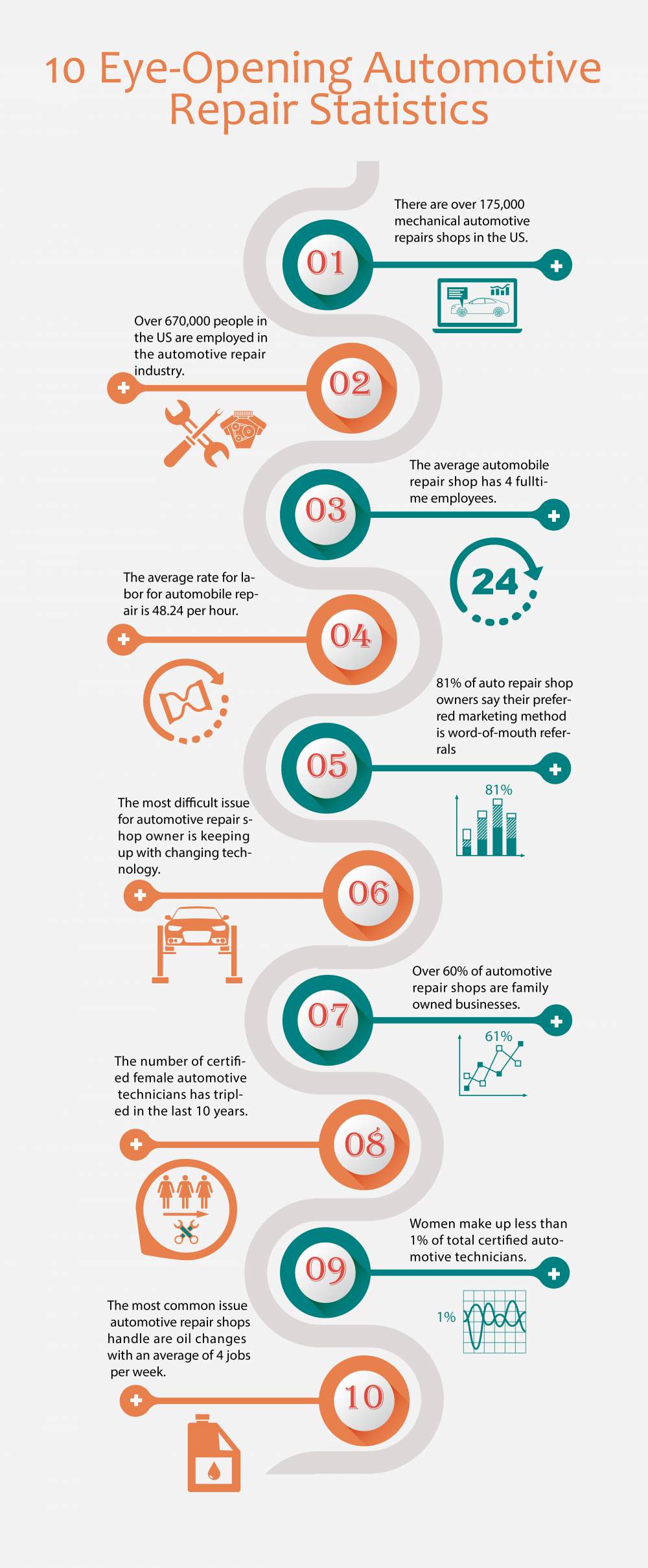Interpreting Your Car'S Alert Lights: Their Real Effects
Interpreting Your Car'S Alert Lights: Their Real Effects
Blog Article
Short Article Created By-Samuelsen Torres
When you're behind the wheel, those beautiful caution lights on your control panel can be a bit difficult. Do you understand what they're trying to tell you about your auto's health? Recognizing the importance of these lights is essential for your safety and the long life of your lorry. So, the next time one of those lights turns up, would not you intend to understand its message precisely and take the essential steps to address it?
Common Caution Lighting and Interpretations
Identify usual warning lights in your auto and understand their meanings to ensure secure driving.
One of the most regular caution lights consist of the check engine light, which signals issues with the engine or exhausts system. If this light comes on, it's vital to have your car checked immediately.
The oil pressure warning light shows reduced oil stress, requiring immediate interest to avoid engine damage.
A flashing battery light might recommend a faulty billing system, possibly leaving you stranded otherwise resolved.
The tire stress tracking system (TPMS) light notifies you to reduced tire stress, affecting automobile security and fuel performance. Overlooking this could result in harmful driving conditions.
The abdominal muscle light shows a problem with the anti-lock stopping system, jeopardizing your capability to stop quickly in emergency situations.
Finally, the coolant temperature level advising light warns of engine getting too hot, which can lead to serious damages otherwise solved swiftly.
Understanding these typical caution lights will certainly help you attend to problems quickly and keep safe driving problems.
Relevance of Prompt Interest
Recognizing the usual warning lights in your cars and truck is just the initial step; the value of immediately dealing with these cautions can not be stressed enough to ensure your safety and security on the road.
When a warning light brightens on your dashboard, it's your car's means of interacting a possible problem that requires interest. Disregarding these cautions can result in much more serious problems in the future, jeopardizing your safety and possibly costing you a lot more out of commission.
Trigger attention to warning lights can stop malfunctions and accidents. For instance, a blinking check engine light can indicate a misfire that, if left ignored, could cause damages to the catalytic converter. Resolving this without delay can save you from an expensive repair service.
In boat detailers near me , a brake system advising light could indicate low brake fluid or worn brake pads, crucial elements for your safety and security when driving.
DIY Troubleshooting Tips
If you notice a caution light on your control panel, there are a couple of DIY fixing ideas you can attempt prior to looking for professional assistance.
The primary step is to consult your vehicle's manual to comprehend what the particular caution light suggests. Sometimes the concern can be as straightforward as a loosened gas cap triggering the check engine light. Tightening up the gas cap may settle the problem.
An additional common problem is a low battery, which can set off numerous warning lights. Examining the battery links for deterioration and ensuring they're safe might take care of the trouble.
If a warning light continues, you can attempt resetting it by disconnecting the auto's battery for a few mins and then reconnecting it. In addition, checking your lorry's liquid levels, such as oil, coolant, and brake fluid, can help troubleshoot warning lights associated with these systems.
https://oilchangeplacesnearme95162.blogchaat.com/29984303/get-ready-to-raise-your-car-s-appearance-in-less-than-an-hour-with-straightforward-suggestions-that-will-certainly-leave-you-in-awe-your-quick-car-outlining-remedy-is-simply-around-the-bend , understanding your automobile's warning lights is crucial for maintaining your automobile running efficiently and securely. By quickly dealing with these alerts and knowing what they suggest, you can stay clear of costly repairs and possible breakdowns.
Keep in mind to consult your car's guidebook for certain information on each alerting light and do something about it as necessary to guarantee a trouble-free driving experience.
Keep notified, remain safe when traveling!
